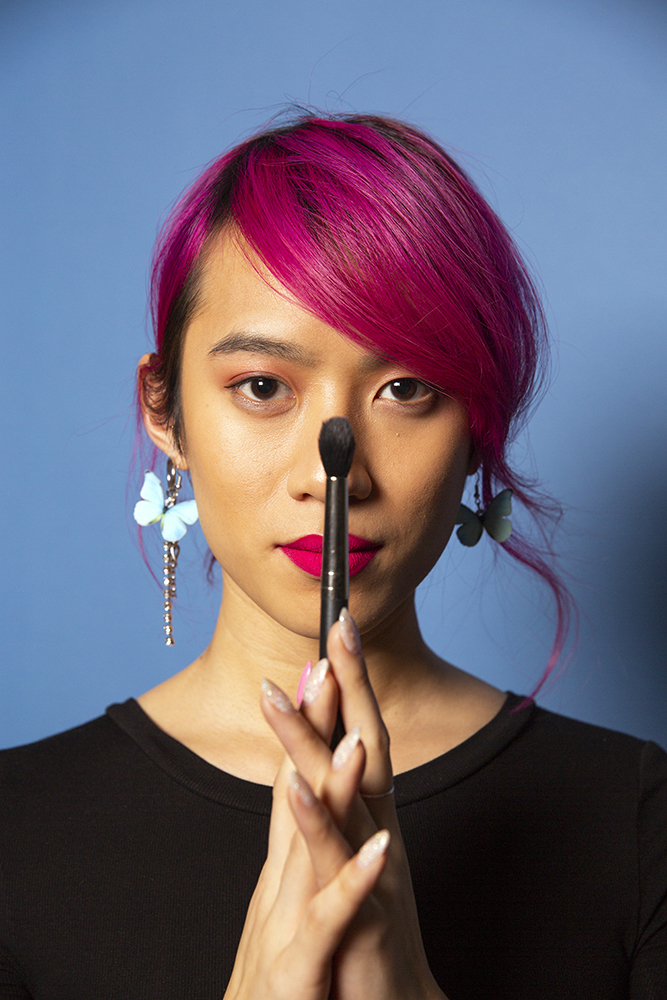Chapter 12. Gender, Sex, and Sexuality

Learning Objectives
12.1. The Difference between Sex, Gender and Sexuality
- Differentiate between sex, gender, and sexuality.
- Examine the relationship between society and biology in formations of gender identity.
- Discuss the role of homophobia and heterosexism in society.
- Distinguish between cisgender, transgender, transsex, intersex, and homosexual identities.
- Analyze the dominant gender schema and how it influences social perceptions of sex and gender.
- Explain the influence of socialization on gender roles.
- Review the indicators of gender inequality and their causes
- Examine the functionalist, critical, feminist and interpretive perspectives on gender.
- Distinguish between the social roles and behaviours of sexual noncomformists
- Examine the control of women’s sexuality
- Understand the social variability of sexuality and sexual practices.
- Examine postitivist, critical, queer and symbolic interactionist perspectives on sexuality and sexual practices.
Introduction to Gender, Sex, and Sexuality
In 2009, the 18-year old South African athlete, Caster Semenya, won the women’s 800-meter world championship in Track and Field. Her time of 1:55:45, a surprising improvement from her 2008 time of 2:08:00, caused officials from the International Association of Athletics Foundation (IAAF) to question whether her win was legitimate. If this questioning were based on suspicion of steroid use, the case would be no different from that of 1988 Olympic 100 meter gold medal winner Ben Johnson. But the questioning and eventual testing were based on allegations that Caster Semenya, no matter what gender identity she possessed, was biologically a male. She had naturally high levels of testosterone which surpassed the threshold defined by the International Olympic Committee.

Many think that distinguishing biological maleness from biological femaleness is a simple matter — just conduct some DNA or hormonal testing, throw in a physical examination, and the answer is clear. But it is not that simple. Both biologically male and biologically female people produce a certain amount of testosterone for example, and different laboratories have different testing methods, which makes it difficult to set a specific threshold for the amount of male hormones produced by a female that renders her sex male. In 2019, the IAAF ruled that a threshold of five nanomoles or less per liter (nmol/L) of testosterone determined who could compete on a female team. Most cisgender female athletes have testosterone levels between 0.12 and 1.79 nmol/L, whereas adult males have levels of 7.7 to 29.4 nmol/L (Farrell, 2019). In 2012, the IOC said the criteria are not intended to determine biological sex however. “Instead these regulations are designed to identify circumstances in which a particular athlete will not be eligible (by reason of hormonal characteristics) to participate in the 2012 Olympic Games” in the female category (International Olympic Committee, 2012).
To provide further context, during the 1996 Atlanta Olympics, eight female athletes with XY chromosomes underwent testing and were ultimately confirmed as eligible to compete as women (Maugh, 2009). To date, no males have undergone this sort of testing. Does this not imply that when women perform better than expected, they are “too masculine,” but when men perform well they are simply superior athletes? Can you imagine Usain Bolt, the world’s fastest man, being examined by doctors to prove he was biologically male based instead of this being determined solely on his external appearance and athletic ability? What does this complicated world of competitive athletics say about how sex and gender are actually distinguished?
In this chapter, the social differences between sex and gender, along with issues like gender identity and sexuality, are discussed. What does it mean to “have” a sex in our society? What does it mean to “have” a gender? What does it mean to “have” a sexuality?
Media Attributions
- Figure 12.1. A non-binary femme using a makeup brush vertical by Zackary Drucker, via the Gender Spectrum Collection from Broadly [now VICE] is used under a CC BY-NC-ND 4.0 licence.
- Figure 12.2 Washington Spirit playing against Orlando Pride on June 23, 2018 (https://commons.wikimedia.org/wiki/File:Quinn_June_2018.jpg) by Jamie Smed, via Wikimedia Commons, is used under a CC BY 2.0 licence.

